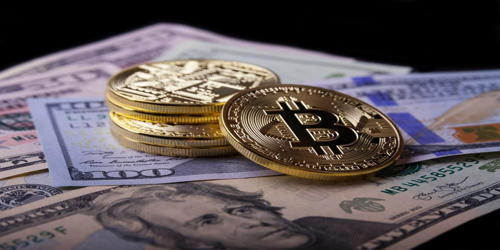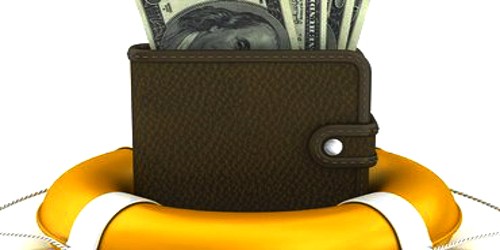Fiat money is a currency established as money, often by government regulation, but that has no intrinsic value. It is inconvertible paper money made legal tender by a government decree. It is a government-issued currency that is not backed by a physical commodity, such as gold or silver, but rather by the government that issued it. It serves as a good currency if it can handle the roles that a nation’s economy needs of its monetary unit—storing value, providing a numerical account, and facilitating exchange. Traditionally, currencies were based on physical commodities such as silver and gold, but fiat money is based on the credit of the economy.
Fiat money does not have use value and has value only because a government maintains its value, or because parties engaging in exchange agree on its value. The value of fiat money depends on supply and demand and was introduced as an alternative to commodity money and representative money. The value of fiat money is derived from the relationship between supply and demand and the stability of the issuing government, rather than the worth of a commodity backing it as is the case for commodity money. The term is, however, usually reserved for legal-tender paper money or coins that have face values far exceeding their commodity values and are not redeemable in gold or silver. It was introduced as an alternative to commodity money and representative money. Representative money is similar to fiat money, but it represents a claim on a commodity.
Most modern paper currencies are fiat currencies, including the U.S. dollar, the euro, and other major global currencies. China was the first country to use fiat currency, around 1000 AD, and the currency then spread to other countries in the world. Government-issued banknotes were first used in 11th century China. Since then, they have been used by various countries, usually concurrently with commodity currencies. It became popular in the 20th century when US President Richard Nixon introduced a law that stopped the conversion of the U.S. dollar into gold. Fiat money started to predominate in the 20th century. Since the decoupling of the US dollar from gold by Richard Nixon in 1971, a system of national fiat currencies has been used globally. Currently, most nations use paper-based fiat currencies that only serve as a mode of payment.
Fiat money can be:
- Any money declared by a government to be legal tender.
- State-issued money which is neither convertible by law to any other thing, nor fixed in value in terms of any objective standard.
- Intrinsically valueless money used as money because of government decree.
- An intrinsically useless object that serves as a medium of exchange.
- The term fiat derives from the Latin fiat used in the sense of an order, decree or resolution.
For a fiat currency to be successful, the government must protect it against counterfeiting and manage the money supply responsibly. Well-known examples of fiat currencies include the pound sterling, the euro and the US dollar. In fact, very few world currencies are true commodity currencies and most are, in one way or another, a form of fiat money.
















